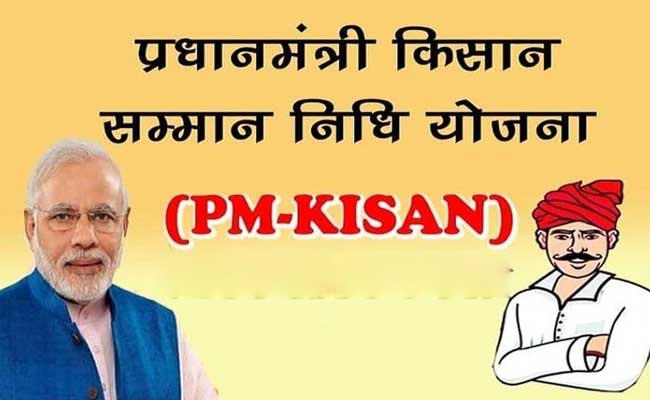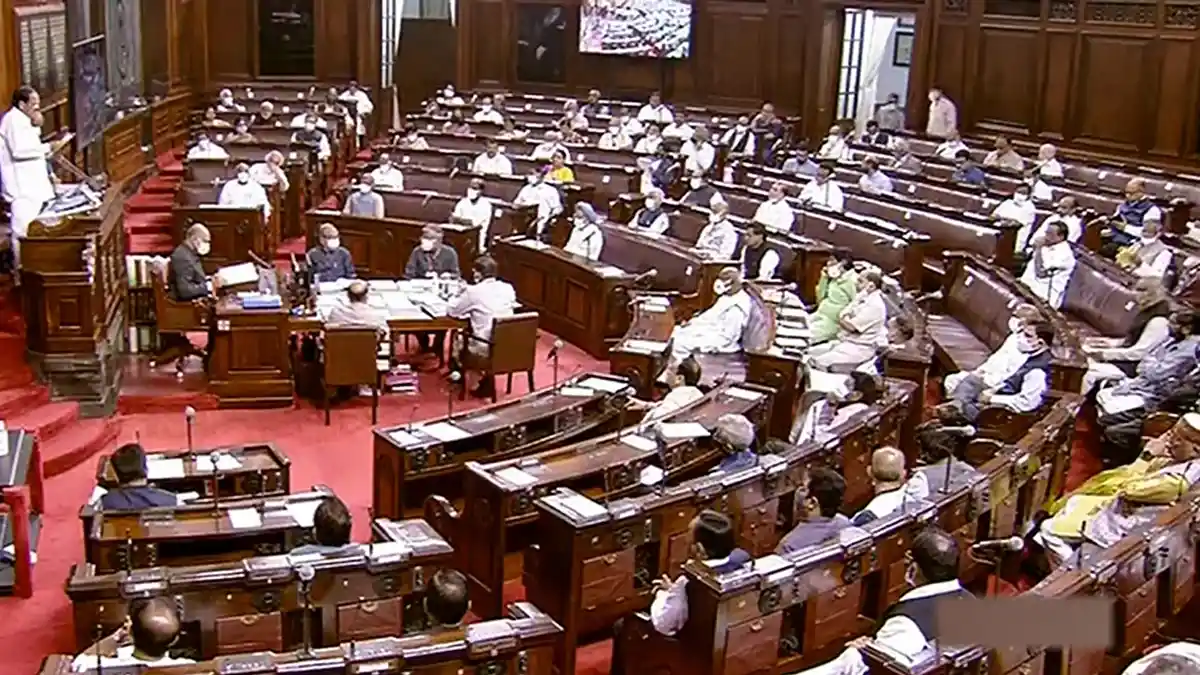PM Kisan Yojana: Empowering Farmers Through Direct Benefit Transfer
India, a predominantly agricultural economy, has always recognized the crucial role of farmers in driving the growth of the country. Despite the central role they play in the economy, farmers in India often face several challenges like unpredictable weather, lack of access to credit and markets, and low income levels. To address some of these challenges and support farmers, the Government of India launched the Pradhan Mantri Kisan Samman Nidhi (PM-KISAN) scheme in 2019. In this article, we will explore the features of the PM-KISAN scheme, its impact on farmers, and the challenges it faces.
Features of PM-KISAN Scheme
The PM-KISAN scheme aims to provide income support to farmers and supplement their financial needs for input expenses and other farm-related activities. The scheme provides an income support of Rs. 6,000 per year to eligible farmers in three equal instalments of Rs. 2,000 each. The scheme covers all farmers, including small and marginal farmers, who own up to two hectares of land. The benefits of the scheme are provided through Direct Benefit Transfer (DBT) to the bank accounts of the farmers. The scheme was launched with the objective of ensuring a life of dignity and prosperity for the farmers of India.
The eligibility criteria for the scheme are simple and transparent. Any farmer who is a citizen of India and owns cultivable land up to two hectares is eligible to apply for the scheme. The scheme is applicable to all states and union territories of India, and farmers can apply online or offline to avail of the benefits. The online application process is simple and hassle-free, and farmers can also apply through Common Service Centers (CSCs) or at the local revenue office.
Impact of PM-KISAN Scheme on Farmers
Since its launch in 2019, the PM-KISAN scheme has been a game-changer for farmers across the country. The scheme has provided a much-needed boost to the income of farmers and has helped them cope with the financial stress caused by crop failure, low crop prices, and other farm-related expenses. According to government data, more than 14 crore farmers have benefitted from the scheme, and over Rs. 1,10,000 crore has been disbursed to them.
The scheme has helped farmers in several ways. First, the income support provided by the scheme has helped farmers meet their input expenses like seeds, fertilizers, and other farm-related expenses. This has led to an increase in crop productivity and has resulted in higher incomes for farmers. Second, the scheme has provided a safety net to farmers in case of crop failure or other emergencies. The income support provided by the scheme has helped farmers to sustain their livelihoods and avoid falling into debt traps. Third, the scheme has boosted the purchasing power of farmers, leading to an increase in the demand for goods and services in rural areas. This has had a positive impact on the overall economy of the country.
Challenges Faced by PM-KISAN Scheme
While the PM-KISAN scheme has been successful in providing income support to farmers, it still faces several challenges. One of the major challenges is the issue of identification of eligible farmers. While the government has made efforts to ensure that all eligible farmers are covered under the scheme, there are still cases of ineligible farmers receiving benefits, and eligible farmers being left out. This is mainly due to issues like inaccurate land records, incorrect Aadhaar details, and lack of awareness among farmers about the scheme.
Another challenge faced by the scheme is the delay in the release of funds.
![]()





